For nearly a century, Whitman students have attempted to change the school’s controversial mascot: the Missionaries. While past attempts have all fallen short, student representatives and activists have been considering making another attempt to bring about change.
Though never formally adopted by the college, the Missionaries has been the school’s de-facto mascot for over a hundred years. Attempts to change the logo have been made since the 1920s but have generally failed due to opposition from alumni and an inability to unite the opposition in support of another name.
The reasons for wanting to change the mascot have varied greatly over the years. In the first attempts during the 1920s and ‘40s, Missionaries was seen as not fierce enough to accurately represent the college’s athletics. Starting in the 1950s, concerns were regularly raised about having a religious mascot at a non-religious school.
In the last half of the century, the Missionaries has been critiqued for its association with the genocide against Native Americans and cultural imperialism. The prevalent image of a missionary as a white man and the image of Marc holding a gun and a bible has made some students question whether the Missionaries is a name capable of representing a diverse student body. The term Missionaries may also deter students from Native American backgrounds from considering the college.
“Missionaries represent a group of people that perpetuate the subjugation of other communities and indigenous people, and I don’t think that’s an image Whitman would want to represent,” said sophomore Brenna Two Bears. “Having the Missionaries as the mascot is like saying it was OK for the Whitmans to treat the Walla Walla and Cayuse the way they did.”
Recent changes suggest presence of the mascot has been decreasing. Sports teams are no longer referred to as the “Fightin’ Missionaries,” a variation on the name adopted in response to complaints in the first half of the 20th Century that the Missionary mascot was too tame. The caricature of Marc the Missionary and his unnamed female companion served as an unofficial logo for Whitman athletics from 1951 on, but it has now largely disappeared from campus. Marc now only appears on a few pieces of merchandise sold at the bookstore to please older alumni.
“It’s controversial –– people love it or hate it. I have both customers coming in saying, ‘Why don’t you have more items with it on it?’ And I have other customers coming in saying, ‘You shouldn’t be using this on anything,'” said Tracy Oberg, the merchandising & marketing specialist at the Whitman Bookstore. “Generally, [supporters of the image are] older alumni, on alumni weekend is when I hear [support] the most.”
Junior Marlee Raible recently created a political poster for an art class featuring Marc the Missionary and his unnamed female companion along with the word “ethnocide,” which she posted around campus and sent to President George Bridges. In an email to Raible, Bridges stated that he found the antiquated logo offensive and would work to put it to rest. However, he was unwilling to pursue a change in the team names.
“George Bridges makes a pretty clear distinction that he thinks the image is very separate from the word. I disagree with that. I think imagery is something that hits people with a different way … [and] this image is paired with this word,” said Raible.
The image of Marc the Missionary was once extremely popular, appearing on clothing and school supplies around campus when it debuted in 1951. Its disappearance in recent years may be partly credited to the official clock tower logo and WC sports logo which debuted in 2010 as part of an attempt to give the college’s marketing and reputation a single, comprehensive brand.
Dean of Admissions and Financial Aid Tony Cabasco and Vice President for Development and College Relations John Bogley helped design the clock tower logo. They contest whether the image of the Missionary should be considered a past logo of the college. Both the mascot and image have never been officially adopted. They also emphasize that the mascot is not central to many students’ image of the college.
“We don’t define ourselves by our mascot the way other colleges do. When you talk to alumni of the University of Oregon [or] University of Washington, they’ll say ‘I’m a duck’ or ‘I’m a Husky’… Here, I’m a Whittie,” said Cabasco. “That’s an identity, that’s who we define ourselves as, not as a mascot.”
ASWC Vice President Sayda Morales hopes to work with other students to raise consciousness about the possibility of changing the mascot. While she finds the mascot offensive, she recognizes that change may be more likely to succeed when the new president arrives on campus next year. In the meantime, she plans to engage in discussions with stakeholders such as the athletics department and bookstore and build consensus around an alternative mascot.
“We need to be critical of what the word ‘missionary’ means and how it can deter students of native backgrounds from attending Whitman,” said Morales. “We need to find something that … brings us together instead of divides us, which is what the current mascot does.”














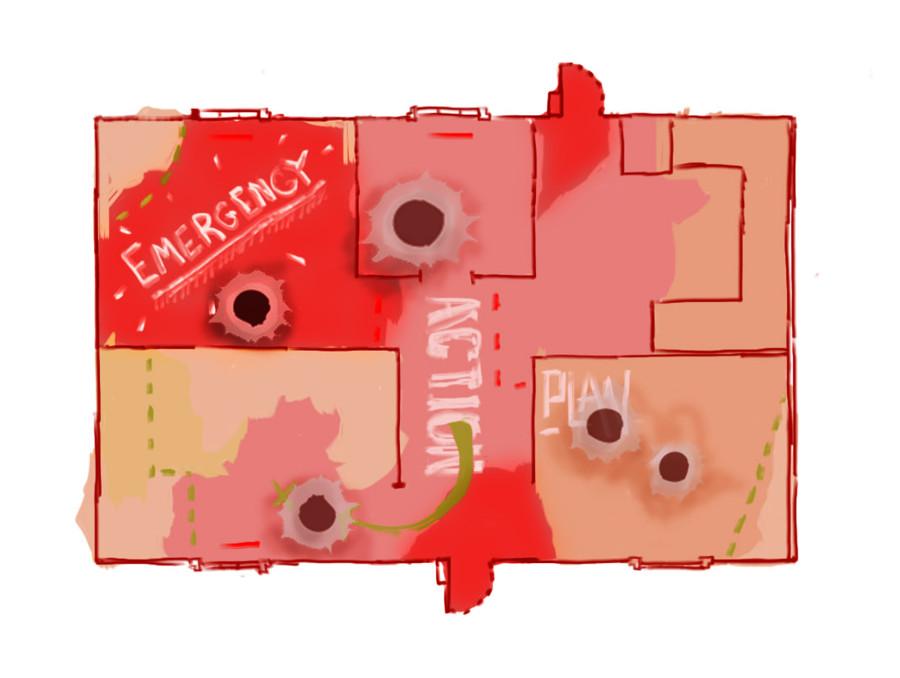
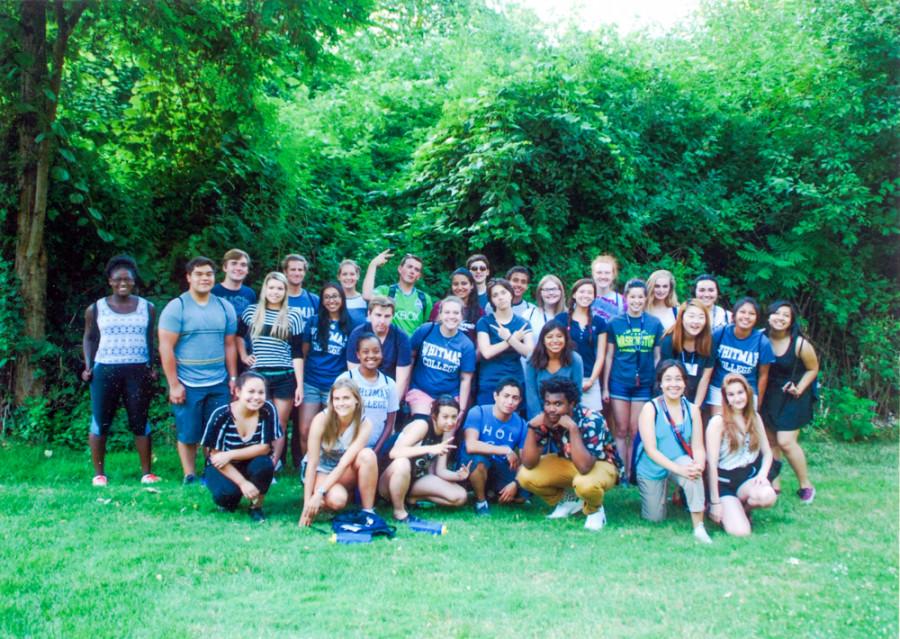
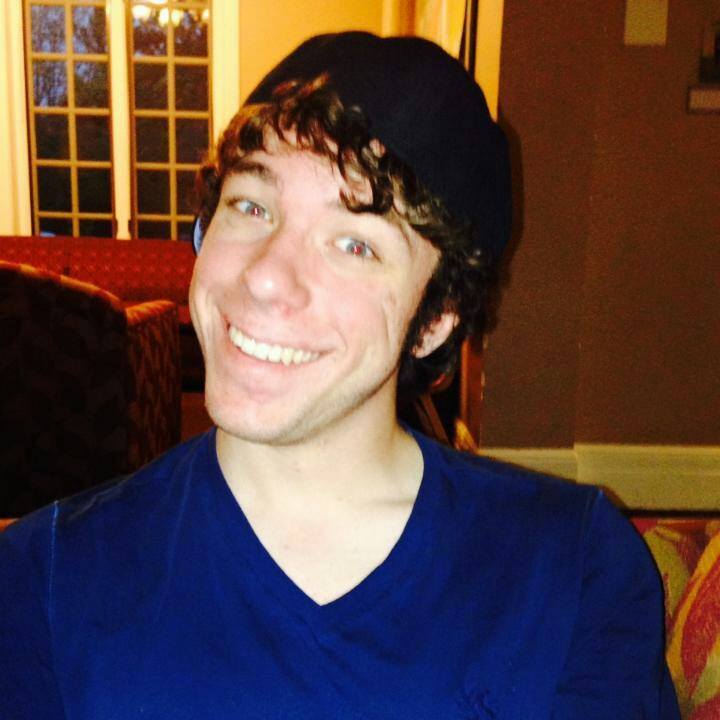

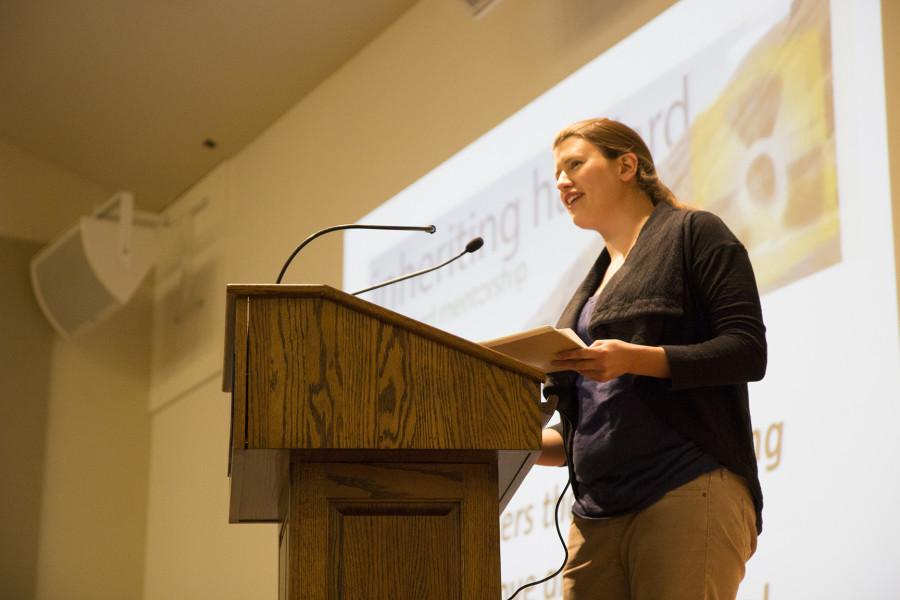
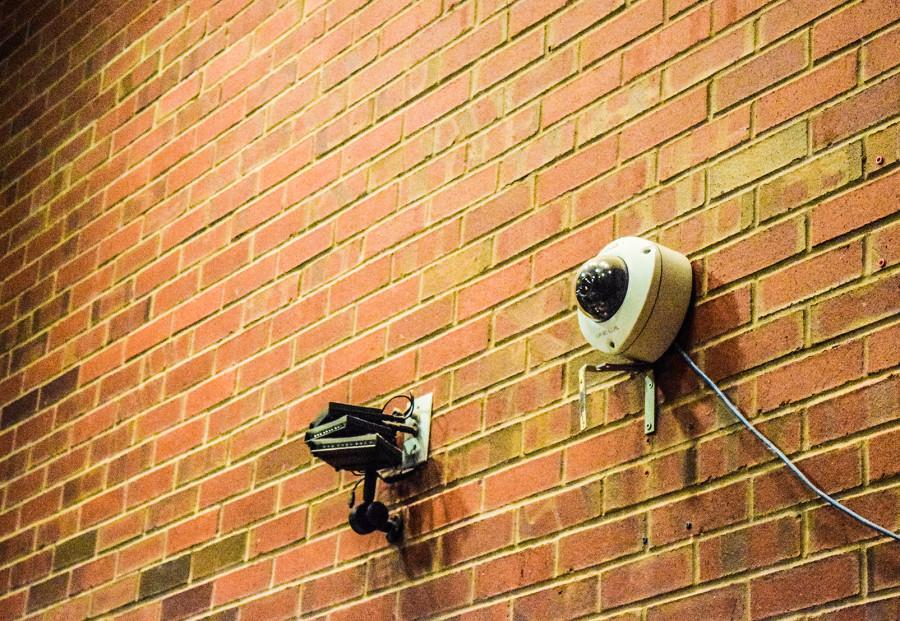
Stanley Green • Nov 2, 2014 at 8:53 pm
I am baffled by the repeated references to Marc’s “unnamed female companion”.
Is there reason to believe she is anyone other than Narc?